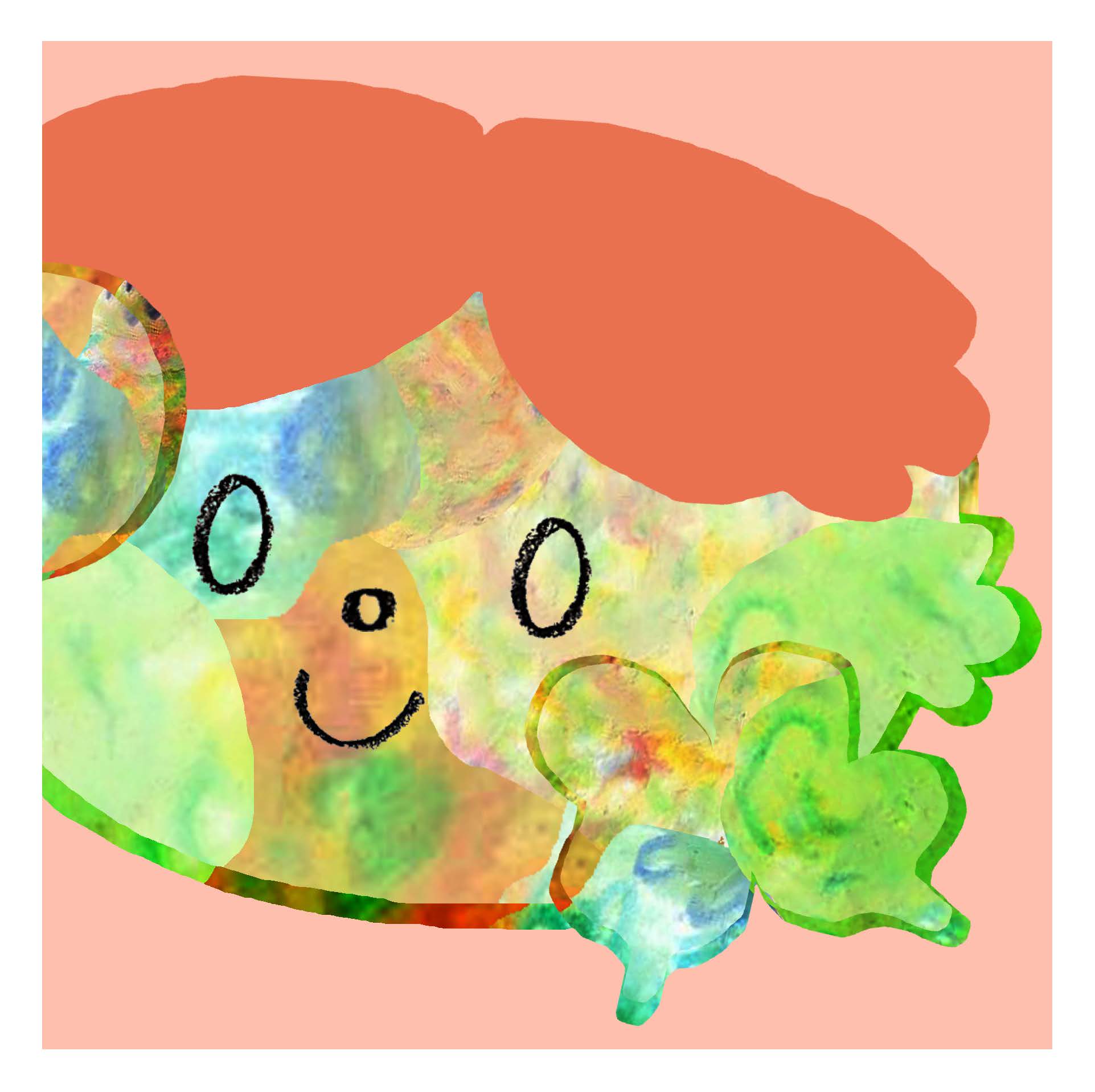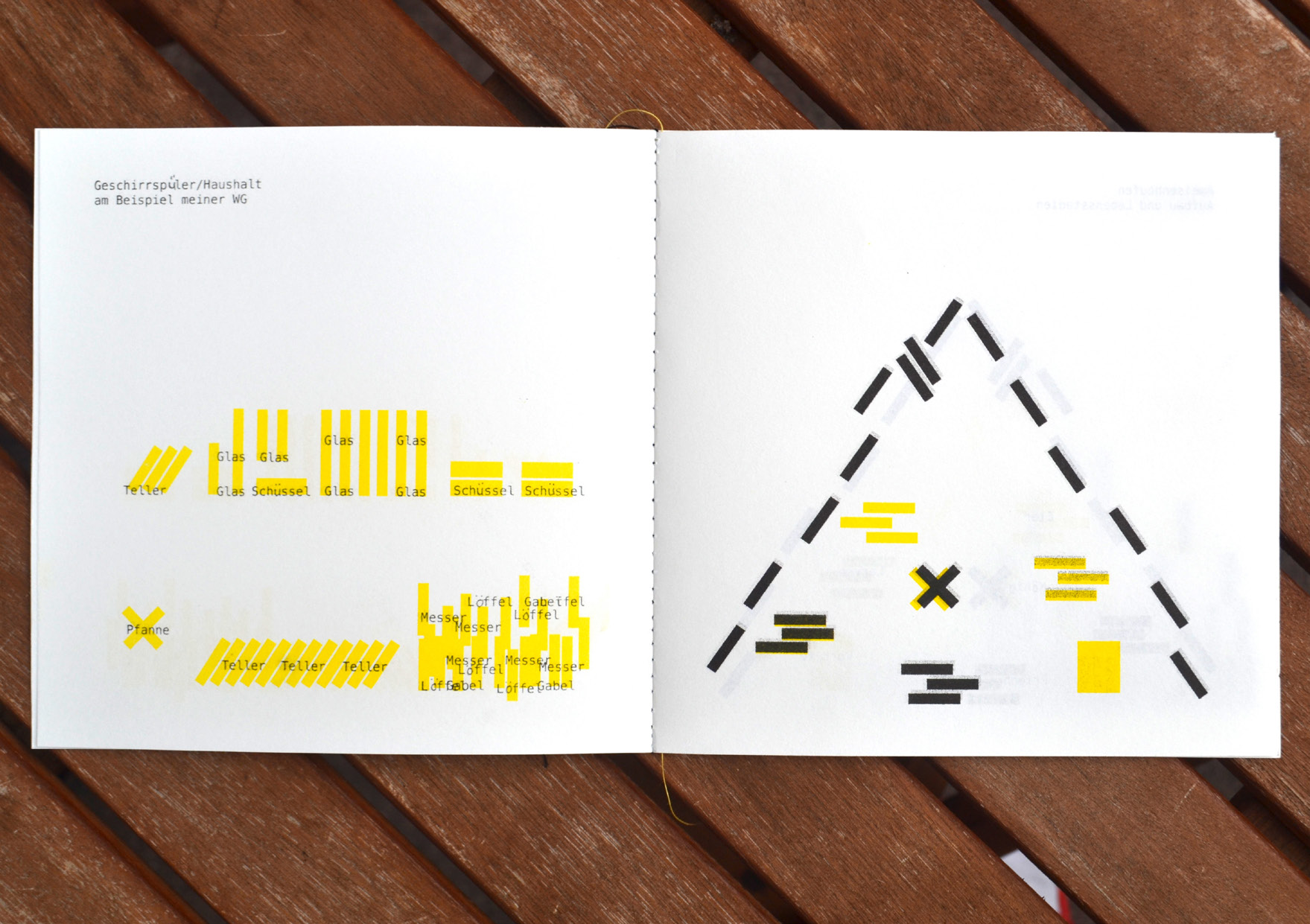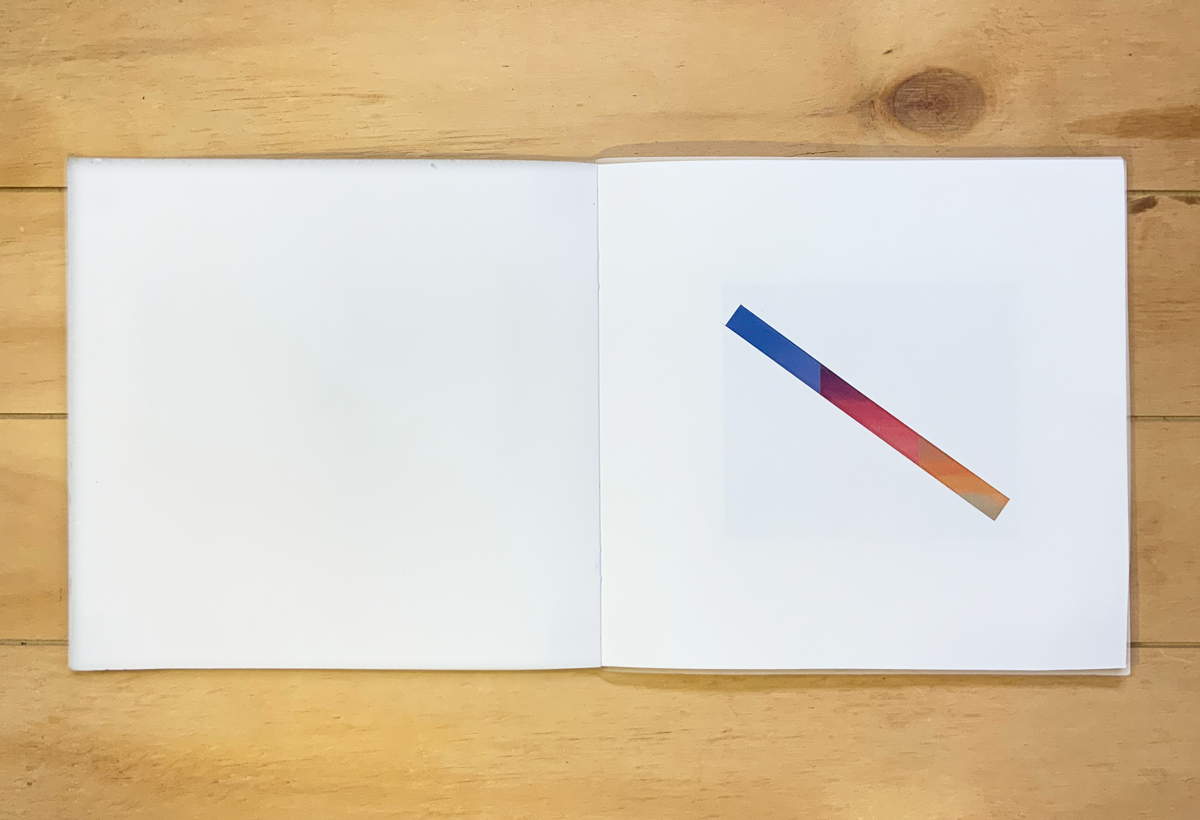Lisa Baumgarten
Critical design mediation – Kritische Designvermittlung
⤻ Design ⤻ Research/Writing ⤻ Education/Workshops ⤻ Curation
Politics of Selecting
Practice based seminarB.A., Integrated Design at University of Arts Bremen.
Thumbnail image: Bomi Son
EN
„[…] power is the selection and enforcement of one possibility among many, and simultaneously it is the exclusion (and invisibilization) of many other possibilities.“Franco ‚Bifo‘ Berardi, Futurability – The Age of Impotence and the Horizon of Possibility, 2017
Starting from the theses that design emerged through processes of selection and that design practice is selection, in this seminar we first examine various forms of intentional accumulation of things - archives, libraries, exhibitions, Instagram accounts, publications, portfolios - and their characteristics, particularities, structures and material manifestations. According to what systems are they ordered or categorised? What power structures are at work?
Together we then go on field research into museums, libraries, the WWW and places we search for and find together.
Afterwards, we will go in search of alternative practices of selecting and excluding, but also of categorising and ask ourselves: How much arbitrariness and subjectivity, how much possibility is in a collection?
What can we not see? Which stories are not told? Selecting always means excluding. In search of the blind spots, we develop creative strategies to make the invisible visible.
DE
„[…] power is the selection and enforcement of one possibility among many, and simultaneously it is the exclusion (and invisibilization) of many other possibilities.“ Franco ‚Bifo‘ Berardi, Futurability – The Age of Impotence and the Horizon of Possibility, 2017
Ausgehend von den Thesen, dass Gestaltung durch Auswahlprozesse entstanden und gestalterische Praxis Auswählen ist untersuchen wir in diesem Seminar zuerst einmal verschiedene Formen der intentionalen Akkumulation von Dingen – Archive, Bibliotheken, Ausstellungen, Instagram Accounts, Publikationen, Portfolios – und deren Eigenschaften, Besonderheiten, Strukturen und materiellen Manifestationen. Nach welchem Systemen sind sie geordnet oder kategorisiert? Welche Machtstrukturen sind am Werk?
Gemeinsam gehen wir dann auf Feldforschung ins Museen, Bibliotheken, das WWW und Orte, die wir zusammen suchen und finden.
Im Anschluss daran machen wir uns auf die Suche nach alternative Praxen des Auswählens und Ausschließens, aber auch des Kategorisierens und fragen uns: Wieviel Willkür und Subjektivität, wieviel Möglichkeit steckt in einer Sammlung?
Was können wir nicht sehen? Welche Geschichten werden nicht erzählt?
Auswählen bedeutet auch immer Ausschließen. Auf der Suche nach den blinden Flecken, entwickeln wir gestalterische Strategien um das Unsichtbare sichtbar zu machen.
Selected student work
by Bomi Son




















by Uma Grotrian-Steinweg








Literature
This is an excerpt of the bibliography we worked with.
Sasha Costanza-Chock: Design Justice: towards an intersectional feminist framework for design theory and practice. June 3, 2018. Proceedings of the Design Research Society, 2018.
Hartmut Rosa: Unverfügbarkeit. Frankfurt am Main: Suhrkamp, 2020.
Melissa Adler: Cruising the Library. Fordham University Press, 2017.
Achille Mbembe: The Power of the Archive and its Limits. In: Carolyn Hamilton, Verne Harris, Jane Taylor, Michele Pickover, Graeme Reid & Razia Saleh (Eds.): REFIGURING the ARCHIVE. Dordbrecht: Kluwer Academic Publishers 2002, p. 19–26.
Langdon Winner: Do Artifacts Have Politics? In: Daedalus
Vol. 109, No. 1, Modern Technology: Problem or Opportunity?, Winter, 1980, pp. 121–136.
Chimamanda Ngozi Adichie: The Danger of the Single Story.
Archival Absence, Lecture at HKW Berlin
Grace Banks: Pics or it didn’t happen: reclaiming Instagram’s censored art. The Guardian, 20.4.2017.
ARTE series: Dopamin. https://www.arte.tv/de/videos/085801-004-A/dopamin/
Selected student work
by Yuri Jang








by Max Grund





